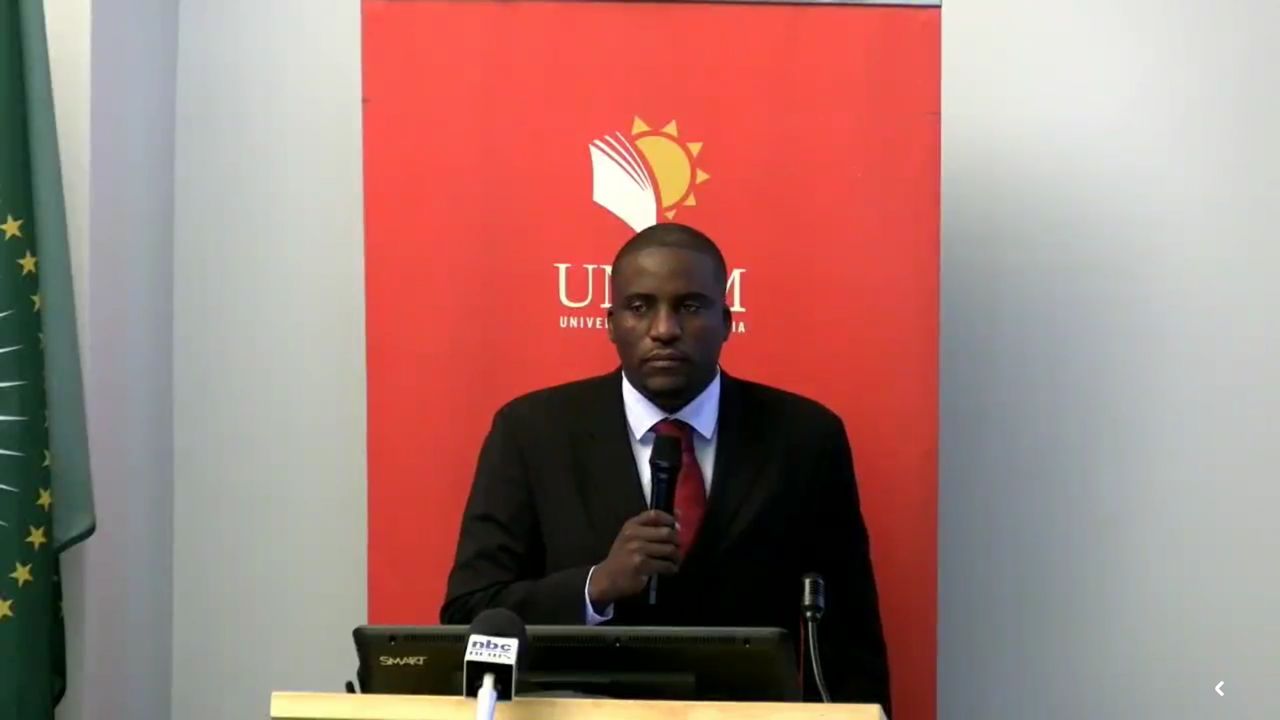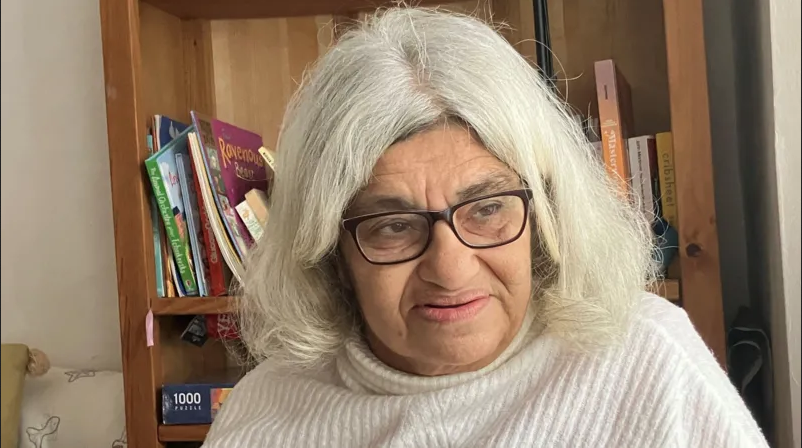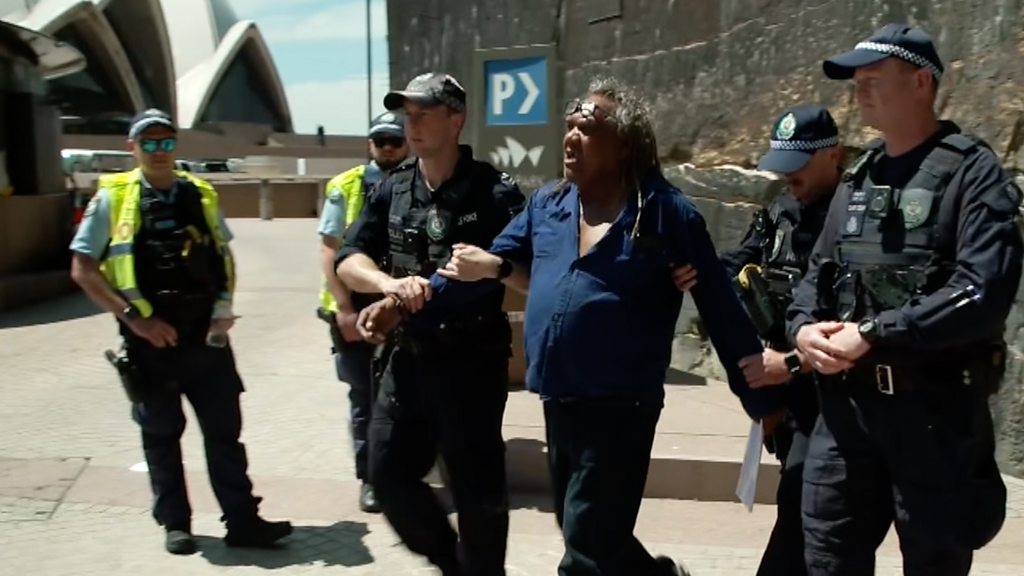Finding a solution to drought and making available climate-resilient ‘green’ infrastructure are two of the crucial interventions of the ‘Great Green Wall’ initiative (GGWI) for the Southern African Development Community (SADC) region.
Others are addressing water scarcity, access to renewable energy, productive resilient ecosystems, strengthening agricultural productivity and resilience food systems and transformative economic and business development.
These pillars were identified at a three-day SADC GGWI workshop held in Pretoria, South Africa, towards the end of last month.
The workshop reviewed progress on the GGWI.
In light of the identified pillars for the success of the initiative, participants formulated key recommendations and next steps.
Mamadou Diakhite who is the acting head of the Environmental Sustainability Division at the African Union Development Agency, said together with their partners the agency would work continuously to enhance political buy-in as well as to mobilise resources for the initiative.
Catherine Mutambirwa from the United Nations Convention to Combat Desertification (UNCCD) secretariat hailed the initiative. She said it is testimony to what can be achieved when nations come together to address shared environmental challenges.
The African Union Secretariat, the African Union Commission, the Food and Agriculture Organisation and the Commonwealth Secretariat have joined hands with regional international and technical partners to support this transformational initiative.
In May this year, at a one-day workshop on the implementation of the initiative in the region, environmental commissioner Timoteus Mufeti said the project would address a number of environmental challenges.
He said desertification, land degradation and drought, which hamper the achievement of the much-needed sustainable development in the region, could be addressed through rolling it out.
The GGWI is an African Union Commission-led project which aims to restore 8 000km of degraded land across the entire width of Africa.
Its goal is to provide food, jobs and a future for the millions of people who live in the region on the frontline of climate change.
“We want to come up with an approach that fits our region,” said Mufeti.
Namibia is being hailed as having played a crucial role in bringing the initiative to the SADC region.
The GGWI is linked to the African Union’s Agenda 2063 and the 15 Sustainable Development Goals.
Several SADC countries are currently facing multiple environmental challenges, ranging from a loss of biodiversity, desertification, water stress and climate change.
Stay informed with The Namibian – your source for credible journalism. Get in-depth reporting and opinions for
only N$85 a month. Invest in journalism, invest in democracy –
Subscribe Now!






